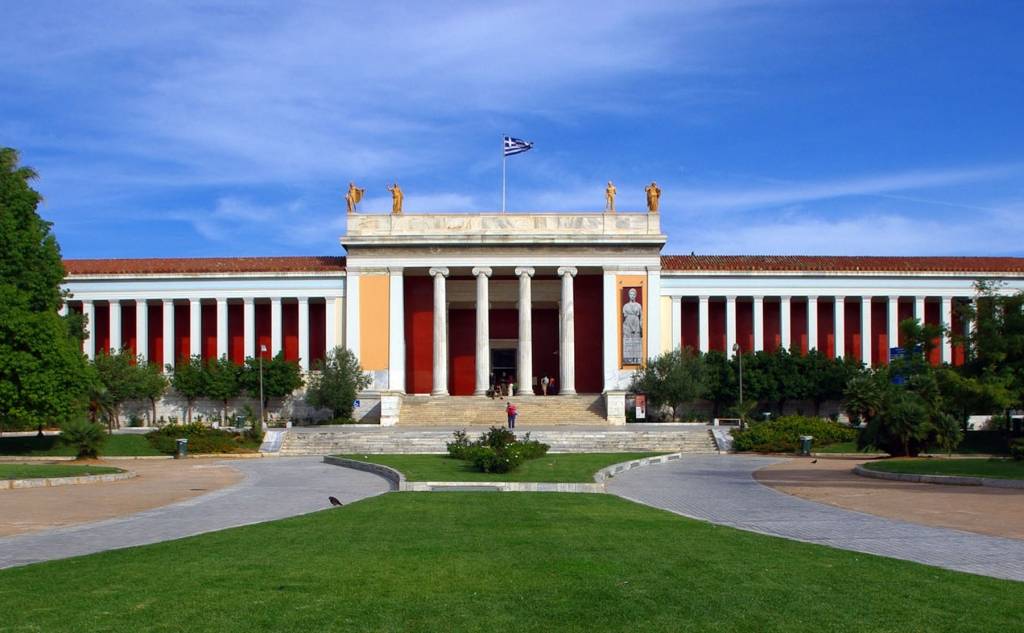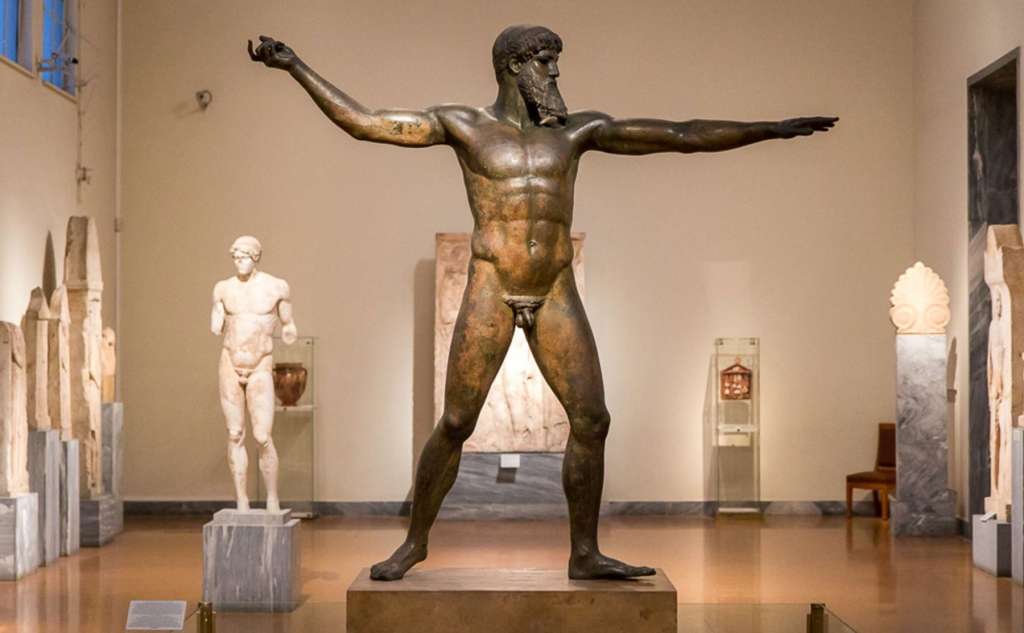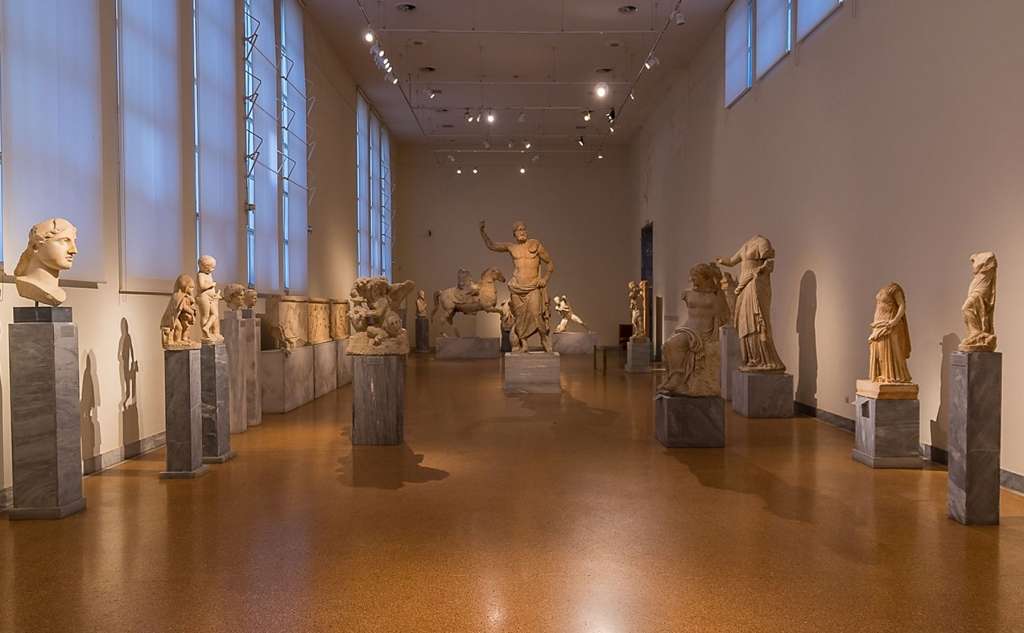The National Archeological Museum
The National Archaeological Museum is located in Athens, on Patision Street. It is the largest museum in Greece and one of the most important in the world, with more than 11,000 exhibits.
The first archaeological museum in Greece was created by Governor Ioannis Kapodistrias, in 1829, on the island of Aegina. Since then, the archaeological collection was exhibited in various places until 1858, when an international architectural competition was announced for the location and design of the museum. The construction of the National Archaeological Museum, the first museum established in the Greek state after the country's liberation from the Ottoman Rule, began in 1866 and was completed in 1889 with funds from the Greek government, the Hellenic Archaeological Society and the community of Mycenae.
The museum’s original name was "The Central Archaeological Museum", initially housed in the temple of Hephaestus until 1874, by King Otto’s decree. The museum received its current name in 1881 by Prime Minister Charilaos Trikoupis. During World War II, the museum ceased operations, and the antiquities were boxed and hidden in a safe place for their protection.
The National Archaeological Museum, with a total area of 8,000 m2, houses five extensive permanent collections:
- Collection of Prehistoric Antiquities: This collection includes works of the great civilisations that developed in the Aegean from the 6th millennium to 1050 BC. (Neolithic, Cycladic, Mycenaean) as well as findings from the Prehistoric settlement of Thira.
- Sculpture Collection: This collection presents the evolution of ancient Greek sculpture from the 7th century BC. up to the 5th century BC.
- Collection of Vases and Small Crafts: This collection includes representative works of ancient Greek ceramics from the 11th century BC. up to the Roman era and the “Eleni and Antonios Stathatos’ Collection", a timeless collection of small crafts that includes approximately 970 objects.
- Metalwork Collection: The collection consists of many original works, statues, figurines and miniature works.
- Collection of Egyptian and Oriental Antiquities: This is the only collection of its kind in Greece and includes works of art from the Predynastic period (5000 BC) to the times of the Roman conquest.
In the National Archaeological Museum, visitors can admire some of the most essential and well-known objects of antiquity, such as the "Face of Agamemnon", the "Teenager of Antikythera", the "Child of Marathon", the "Mechanism of Antikythera”, the "Nestor's Cup" and many more. The museum premises also house periodical exhibition rooms, a lecture theatre, as well as one of the most prominent sales offices of the Archaeological Resources Fund. Finally, the museum has modern conservation laboratories (metal, ceramic, stone, etc.).






